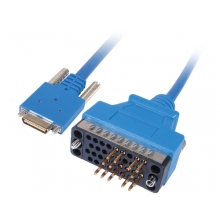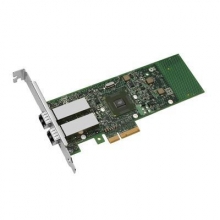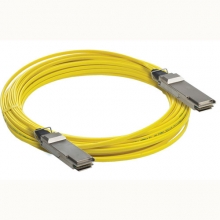- Optical Transceivers
- SFP+ Transceivers
- XENPAK Transceivers
- XFP Transceivers
- X2 Transceivers
- SFP Transceivers
- Compatible SFP
- 3Com SFP
- Alcatel-Lucent SFP
- Allied Telesis SFP
- Avaya SFP
- Brocade SFP
- Cisco SFP
- D-Link SFP
- Dell SFP
- Enterasys SFP
- Extreme SFP
- Force10 SFP
- Foundry SFP
- H3C SFP
- HP SFP
- Huawei SFP
- Intel SFP
- Juniper SFP
- Linksys SFP
- Marconi SFP
- McAfee SFP
- Netgear SFP
- Nortel SFP
- Planet SFP
- Q-logic SFP
- Redback SFP
- SMC SFP
- SUN SFP
- TRENDnet SFP
- ZYXEL SFP
- Other SFP
- FE SFP
- GE SFP
- OC3 SFP
- OC12 SFP
- OC48 SFP
- Copper SFP
- CWDM SFP
- DWDM SFP
- BIDI SFP
- Fiber Channel SFP
- Multi-Rate SFP
- SGMII SFP
- Compatible SFP
- GBIC Transceivers
- Passive Components
- Networking
- Cables
- Equipments
- Tools
- Special Offers


PC disk drives barely approach 1Gbps
This development is consistent with LightCounting’s analysis of the market for LightPeak published in December 2009. LightCounting believes there is clearly no need for 10Gbps speeds for consumer electronics at this time, other than to reduce the amount of cables in a PC by combining USB, HDMI, DisplayPort, VGA, SATA, and other I/O technology into one optical cable sharing the bandwidth. PC disk drives barely approach 1Gbps; even the fastest Flash drives operate at 2.5Gbps and "professional-level” uncompressed 1080p HDTV video at 135 Mbps. In other words, nothing in a PC even approaches the 10Gbps transfer speed of LightPeak.
While touting LightPeak, Intel had been delaying support for the next-generation USB 3.0 chips, and many speculated that Intel would not support USB 3.0 and offer LightPeak instead kicking off the consumer optics market. Over 2010, USB 3.0 garnered significant industry support and AMD incorporated it into its chipset. At IDF-2010, Intel announced its new PCI Express 3.0 Sandy Bridge architecture for next generation consumer PCs, which does not support USB 3.0 (operating at 5 Gbps), but does include support 6 Gbps SATA 6 in the chipset, and the company significantly downplayed 10 Gbps LightPeak.
Was IDF 2009 the “peak” for Intel’s optical efforts and has LightPeak been put on the back burner? Or perhaps Intel is going quiet and gearing up for a big launch at the January 2011 Consumer Electronics Show (CES)? Either way, don’t count out LightPeak and the consumer optics market yet! The industry will likely standardize on a few optical solutions eventually but it is likely to be a long road and filled with competitive optical approaches from HDMI, USB, DisplayPort and not to mention a new contender - HDBASE-T over CAT5 copper.



















































